
Introduction
The syllabus for the IB Diploma Program in Design Technology has changed significantly, with First Teaching in August 2025 and First Assessment in May 2027. This is the first significant redesign since 2020, and the change is revolutionary rather than merely gradual. In a world increasingly influenced by automation, artificial intelligence, and ethical responsibility, the new curriculum rethinks how students interact with design, technology, sustainability, and innovation. The 2027 roadmap is progressive, rigorous, and closely matched with actual industrial practices, from reorganizing the syllabus into thematic strands to eliminating Paper 3 and including inclusive design and circular economy concepts in-depth.Key Changes in the 2027 Curriculum
The 2020 guide was structured around 6 discrete topics and 4 additional higher-level options. In 2027, these have been reorganized into three interconnected themes: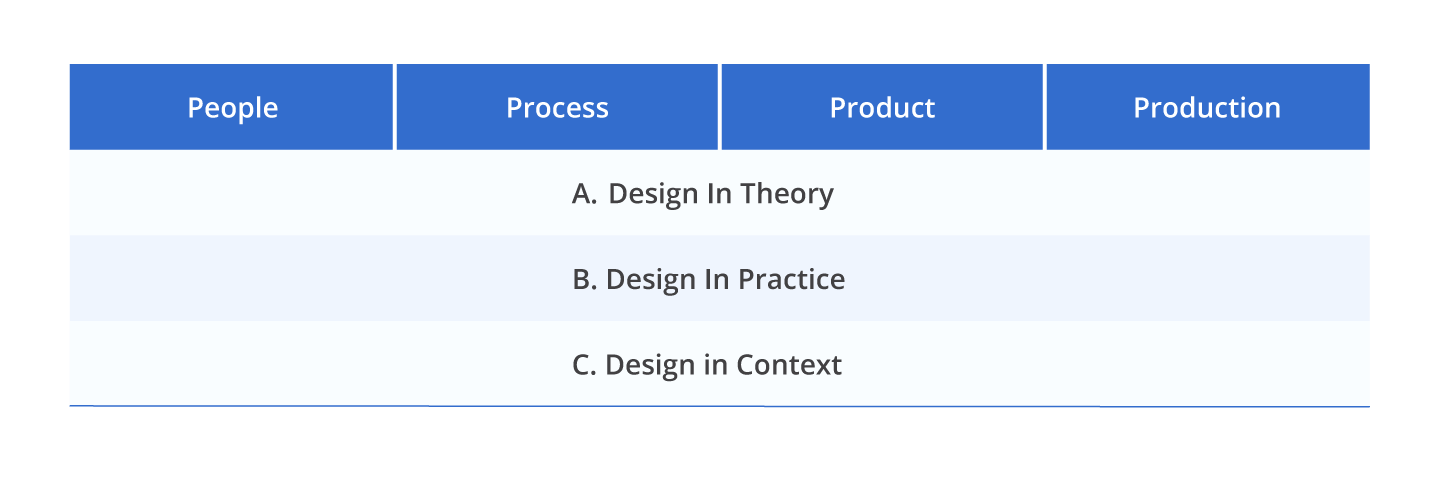 Themes in DP Design and Technology 2027
Themes in DP Design and Technology 2027
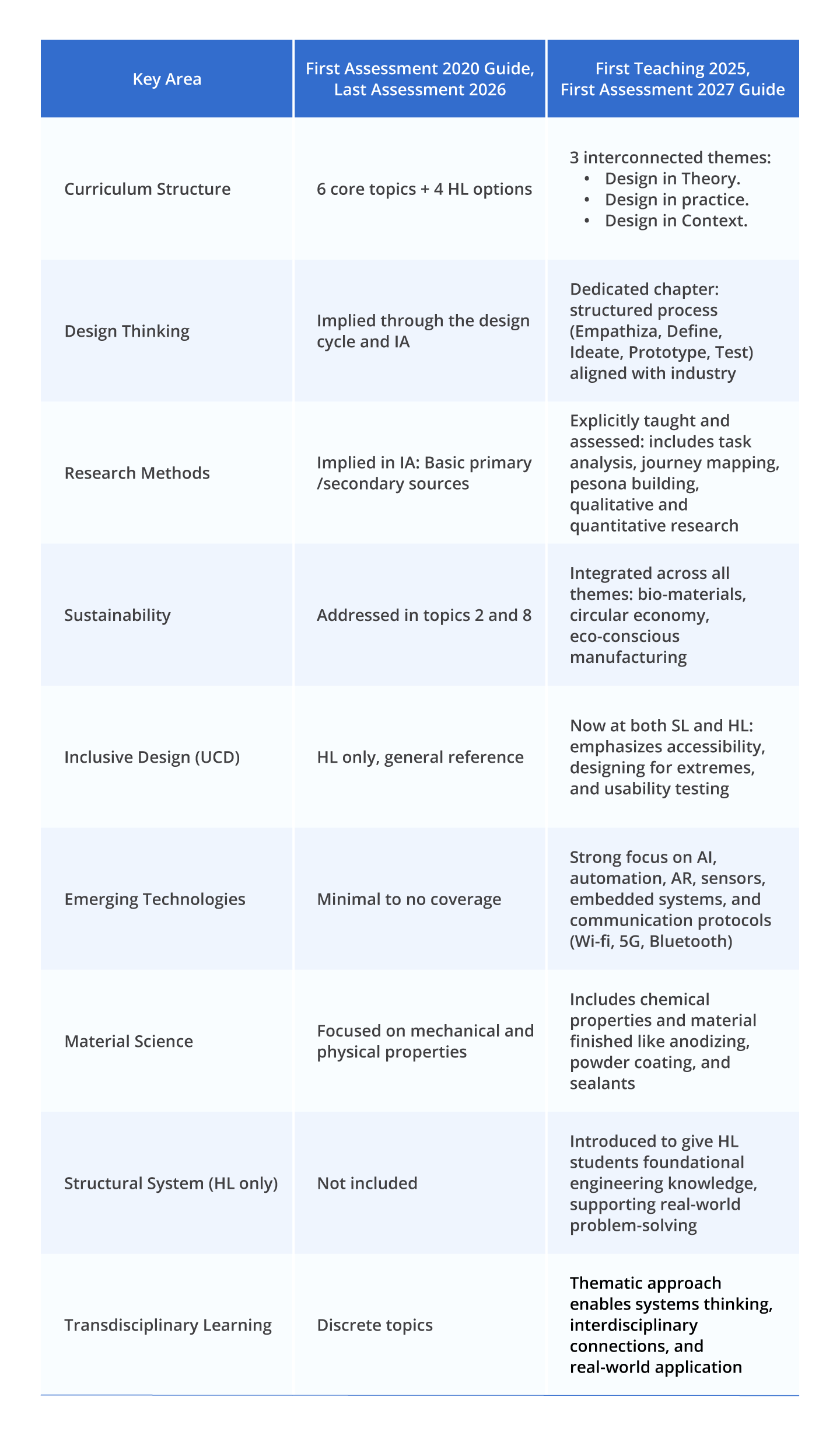 Comparison between 2020 and 2027 guide
Comparison between 2020 and 2027 guide
To find out more about the details of the syllabus changes, download our comparison spreadsheet.
External Assessment
In a notable simplification, Paper 3 has been removed. This means all students—SL and HL—will now sit only Paper 1 and Paper 2. SL SL Assessment Chart- From IB Design and Technology Guide 2027, pg. 60
SL Assessment Chart- From IB Design and Technology Guide 2027, pg. 60
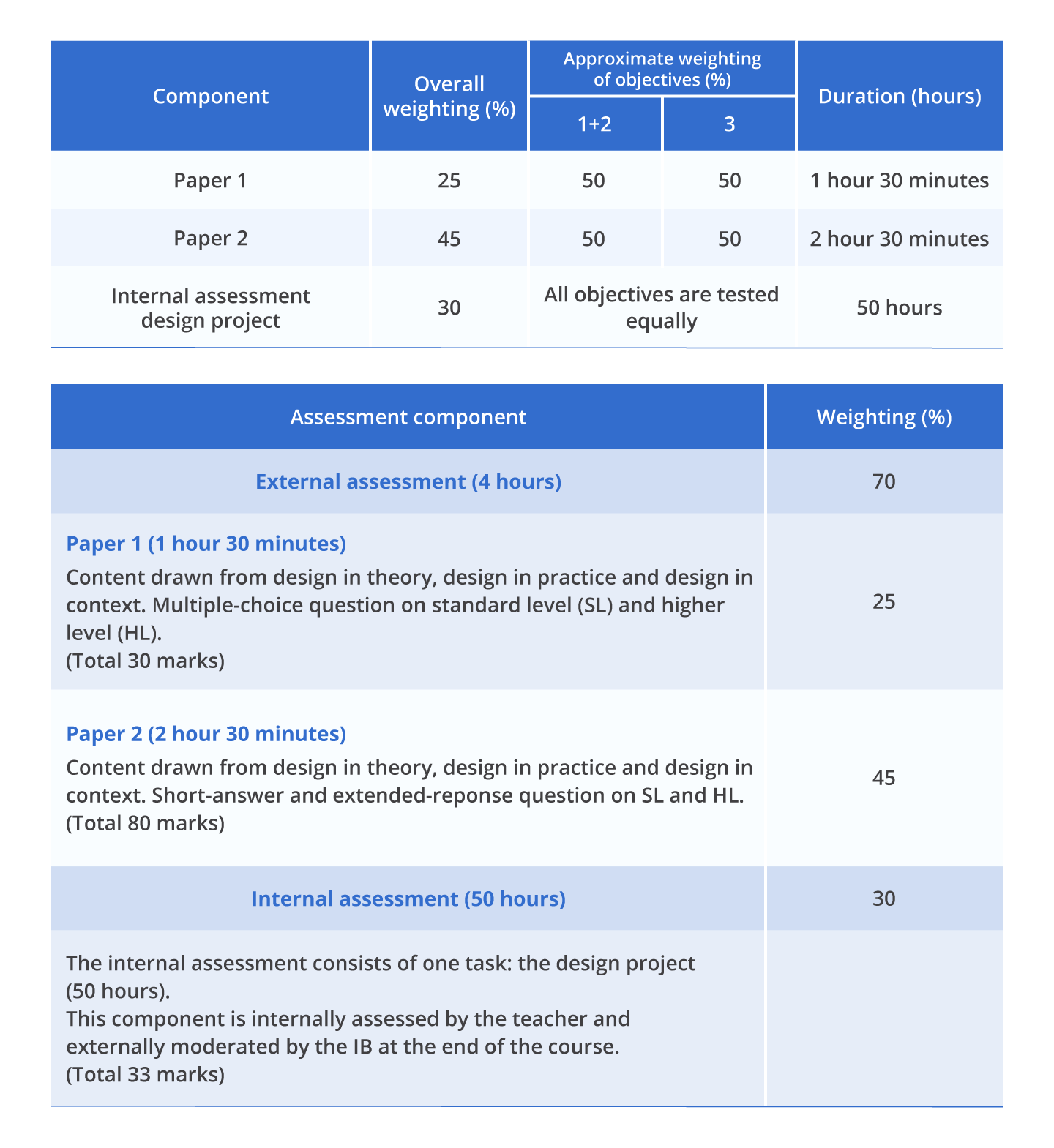 HL Assessment Chart- From IB Design and Technology Guide 2027, pg. 61
HL Assessment Chart- From IB Design and Technology Guide 2027, pg. 61
Internal Assessment:
The Internal Assessment (IA) now explicitly follows the Design Thinking process, allowing students to take on real problems and prototype tangible solutions.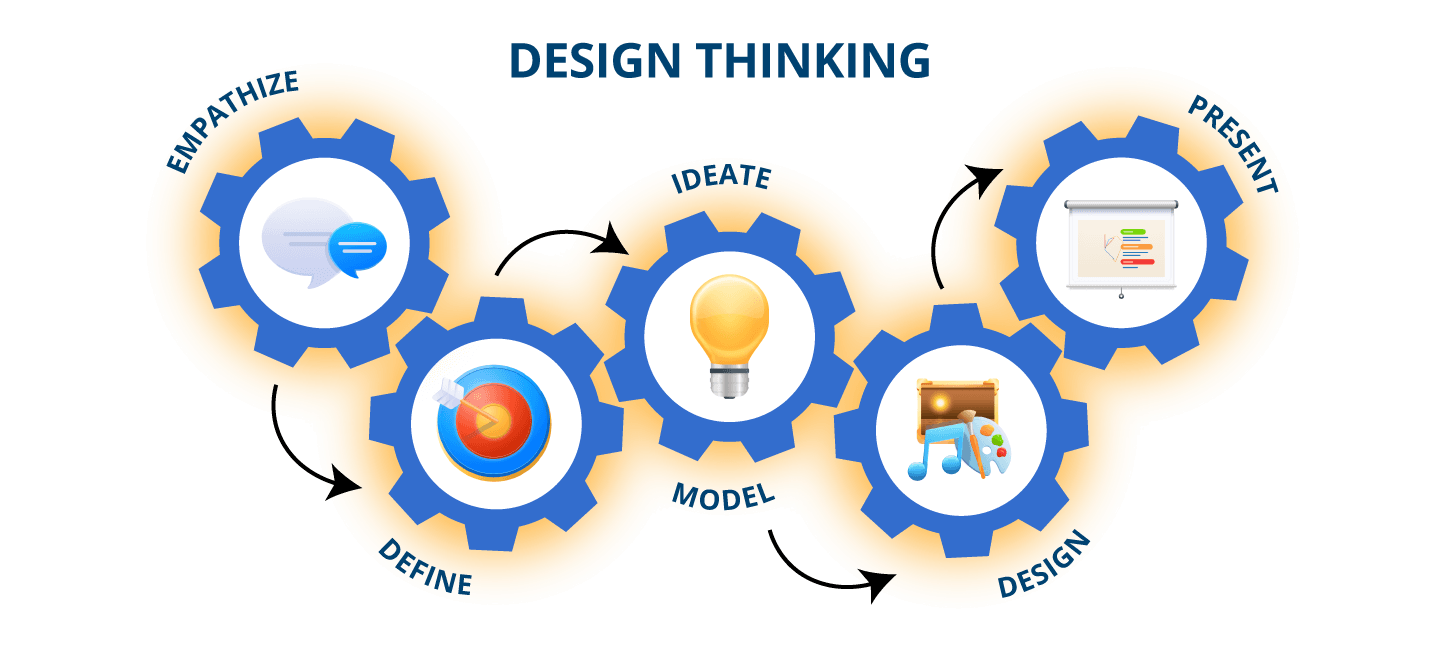 The design thinking process - DP DT guide 2027, pg. 67
The design thinking process - DP DT guide 2027, pg. 67
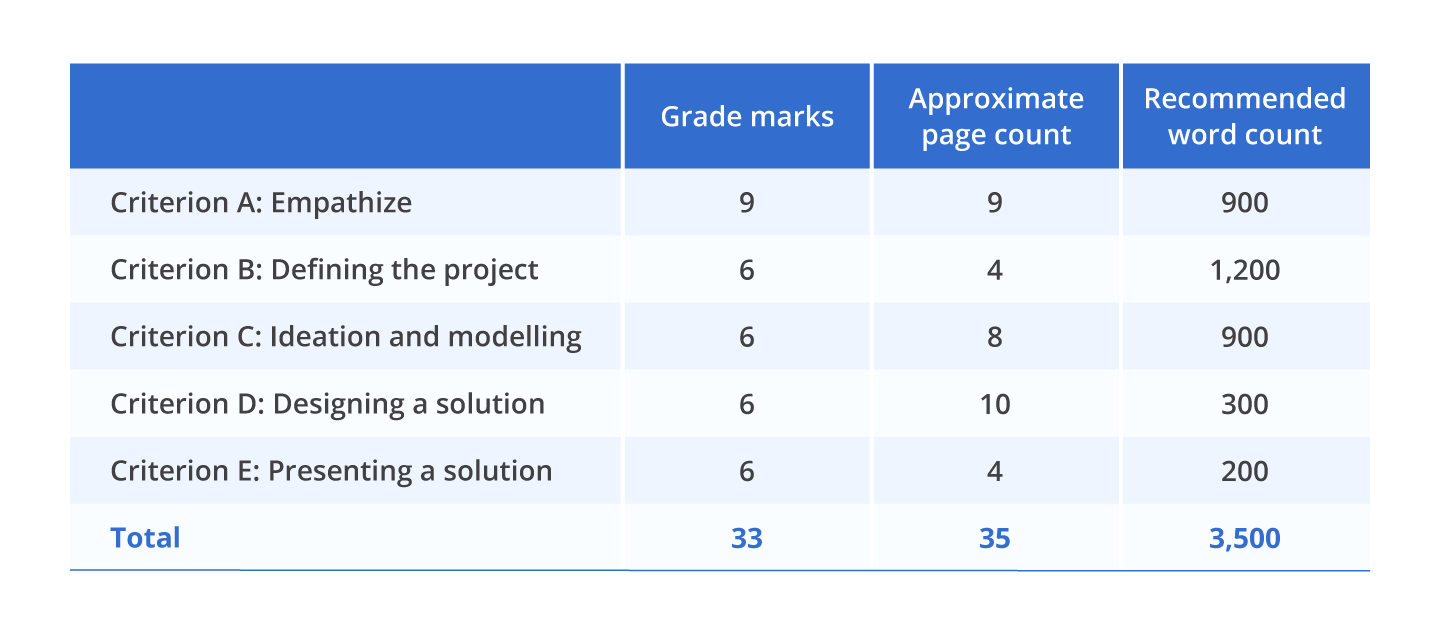 IA Assessment Chart- From IB Design and Technology Guide 2027, pg. 72
IA Assessment Chart- From IB Design and Technology Guide 2027, pg. 72
Conclusion
A more dynamic, moral, and technologically advanced approach to design education is reflected in the 2027 IBDP DT syllabus. Teachers should use new digital tools, adapt their instruction to real-world applications, and encourage students to think sustainably and user-centeredly. By doing this, they may help students get ready for future professions in design and innovation as well as for tests. I am excited about the changes in DP Design and Technology, and I hope this blog helps you as you start to grapple with the changes.Join me in our upcoming free webinar as I explore the updates in the Design Technology Guide and their effects on teaching and learning.

What’s New in the IB DP Design Technology Guide for 2027: Essential Updates & Expert Insights
Register NowThe Learning Management Digest
Subscribe today to receive our latest resources, events, updates and so much more – specially curated for you, and delivered straight to your inbox.

